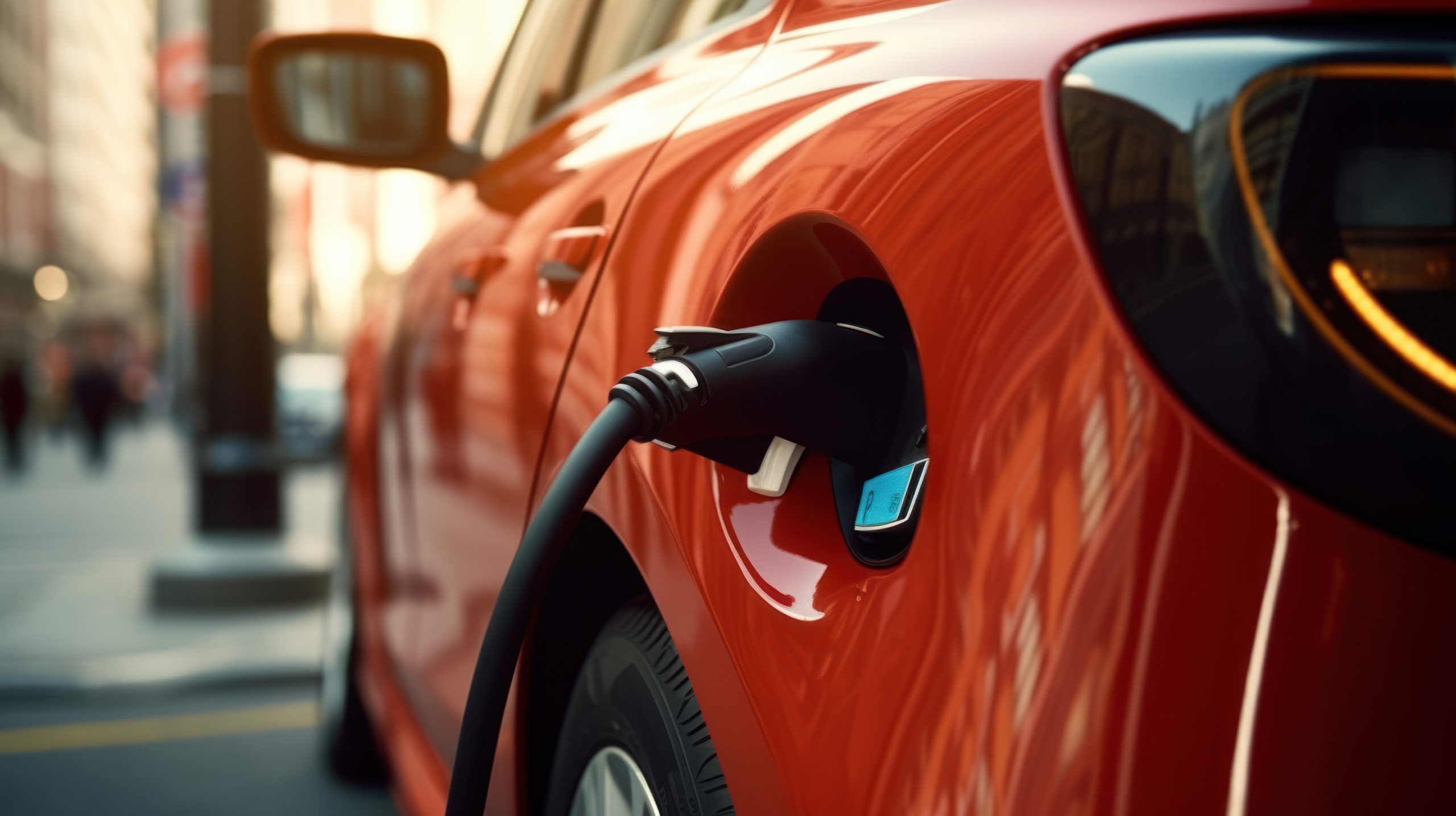Over the past couple of years, electric vehicles (EVs) have grown substantially in popularity. However, these electric vehicles have been far more popular among the white community compared to the black and Hispanic/Latino communities. In fact, black and Hispanic consumers make up 41% of gasoline vehicle purchases in the U.S., but only 12% of EV purchases. The white population is exposed to 17% less air pollution that is caused by their consumption, while black and Hispanic communities inhale 56% and 63% excess respectively. So, it seems like these minorities are in more need of electric cars than the white community, but there is still a gap in EVs’ consumption based on race.
In a recent survey, 38% black, 42% Hispanic, and 33% white respondents said that they would “definitely” or “seriously consider” purchasing an electric vehicle. So, even though it is clear the black and Hispanic communities in the U.S. are more interested in purchasing electric cars, why is there such a great discrepancy in their consumption?
Causes for the Disparity
The cause for the disparity in different races purchasing electric cars boils down to them feeling like they have less knowledge on EVs, their price, and poor infrastructure around them that would not support EVs.

As shown in the bar graph above, according to the Union of Concerned Scientists the black community (13%) and Hispanic/Latino community (10%) feel like they have more to learn about EVs than the Asian (2%) and white communities (5%). There have been education initiatives targeting the black and Hispanic communities, however, research shows that directly experiencing an EV is the best way to educate someone and build interest in them. This implies that rather than educating these groups indirectly, it is better to find a way to give them hands-on experience which can lower the gap in electric vehicles purchased. Additionally, households with incomes of below $40,000 are the least likely to support policy options supporting EVs, indicating possible lack of a full scope on the impact of purchasing an electric vehicle.
Another major problem causing the gap in the purchase of electric vehicles based on race is the fact government incentives on EVs do not apply to electric vehicles purchased on the secondary market, which has high consumption by black and Hispanic communities. Not only this, but in a survey collected by the Union of Concerned Scientists, black (54%) and Hispanic (42%) respondents considered maintenance and repair costs for EVs to be the main thing holding them back from purchasing them, which is higher than that for the white community at 37%. Also, the adoption of Teslas is 15 times higher to occur in the top 20% of income earners than it is in the bottom 20%. Even for more “affordable” EVs like the Nissan Leaf and the Chevy Bolt are 5.7 times and 4.3 times more likely to be purchased by more households in more affluent zip-codes respectively.

The last major problem causing the gap in the consumption of electric vehicles is the lack of infrastructure supporting them in black and Hispanic communities. According to the data in the bar graph collected by the Union of Concerned Scientists black (44%) and Hispanic/Latino (42%) communities have less access to at-home charging than white communities (49%). In a survey of about 8,000 Americans, 75% percent of white respondents owned their homes while just under 50% of black and just over 50% of Hispanic respondents did. The people who do not own their homes either rent or live in multi-family dwellings. Two thirds of renters do not have a garage or a carport, making charging a challenge for them. For these people, along with those living in multi-family dwellings, they would have to use public charging stations (which are 3
times more expensive than the average $0.124/kWh at-home charging) to charge their electric vehicles.
However, an additional problem comes into play because there is also a lack of public charging in highly-concentrated areas of black and Hispanic people. For example, in the Bronx, there is a very high black and Hispanic population, but there are only 17 charging stations in the whole city for 1.4 million inhabitants. This obviously leads to less interest in electric vehicles, which is a cause for the hospitalizations for asthma to be 5 times the national rate in this borough. Most EV charging stations are in high-end shopping centers, which can be far and hard to access for low and middle-income consumers. So, without being able to rely on at-home or public charging as much as the white community, this would evidently make maintaining an electric vehicle very difficult.
The Future of Electric Vehicles
Although there are problems affecting these different communities, there is hope for the future due to the policy changes being put in place, but also because electric cars are a relatively new technology, so it will take time for their value to depreciate.
In December of 2021, President Biden passed an infrastructure bill allocating $5 billion to the construction of 500,000 new charging stations across the United States. This will make electric vehicles more popular, but there is no way to assure that these new charging stations will be built in places other than the wealthier neighborhoods they are already in. It is possible this could even make the gap in consumption of electric vehicles even larger. Also, Austin Energy has introduced a $4/month subscription for unlimited public charging. This will likely draw more interest in electric vehicles due to more affordability, but if there are not many chargers in certain neighborhoods, their inhabitants would still be uninterested.
In terms of price, the future of electric vehicle consumers is bright because they will be even more affordable in the future. Battery prices are being reduced by 7% each year which will make electric cars more affordable as time goes on. Also, as EV prices fall, the total percent of income saved will increase to, on average, 2.5% for the Hispanic community, 2.2% for the black community, and 1.7% for the white community.
Works Cited:
Bauer, Gordon, Chih-Wei Hsu, and Nic Lutsey. “When Might Lower Income Drivers Benefit from Electric Vehicles? Quantifying the Economic Equity Implications of Electric Vehicle Adoption.” The International Council on Clean Transportation. The International Council on Clean Transportation, February 2021. Last modified February 2021. Accessed March 26, 2023. https://theicct.org/sites/default/files/publications/EV-equity-feb2021.pdf.
Carter, Marc. “Electric Vehicle Accessibility for Black and Brown Communities Is Essential for Successful EV Adoption in US.” Treehugger. Treehugger, February 8, 2022. Last modified February 8, 2022. Accessed March 26, 2023. https://www.treehugger.com/successful-ev-adoption-america-make-evs-more-accessible-to-black-communities-5218362.
Marpillero-Colomina, Andrea. “People of Color Are as Interested in Buying Electric Cars as White Consumers – the Biggest Obstacle Is Access to Charging.” Yahoo! News. Yahoo!, September 27, 2022. Last modified September 27, 2022. Accessed March 26, 2023. https://news.yahoo.com/people-color-interested-buying-electric-122831984.html.
Palmer, Neha. “Access to Electric Vehicles Is an Environmental Justice Issue.” Scientific American. Scientific American, November 2, 2021. Last modified November 2, 2021. Accessed March 26, 2023. https://www.scientificamerican.com/article/access-to-electric-vehicles-is-an-environmental-justice-issue/.
Union of Concerned Scientists. “Survey Says: Considerable Interest in Electric Vehicles across Racial, Ethnic Demographics.” Union of Concerned Scientists, September 2022. Last modified September 2022. Accessed March 26, 2023. https://www.ucsusa.org/sites/default/files/2022-09/ev-demographic-survey_0.pdf.
University of Houston. “Texas Trends Survey 2021.” University of Houston. University of Houston, 2021. Last modified 2021. Accessed March 26, 2023. https://uh.edu/hobby/txtrends/texas_trends_electric_vehicle.pdf.





